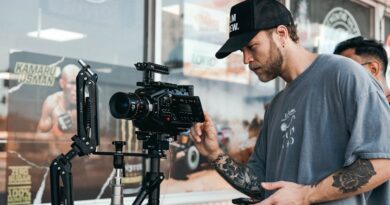Tips for Editing Interviews Like a Pro
Editing interviews can feel like a daunting task. You want to capture the essence of the conversation while keeping it engaging and easy to follow. Luckily, with the right tips, you can edit interviews like a professional. Let’s dive into some effective strategies.
What Makes a Great Interview Edit?
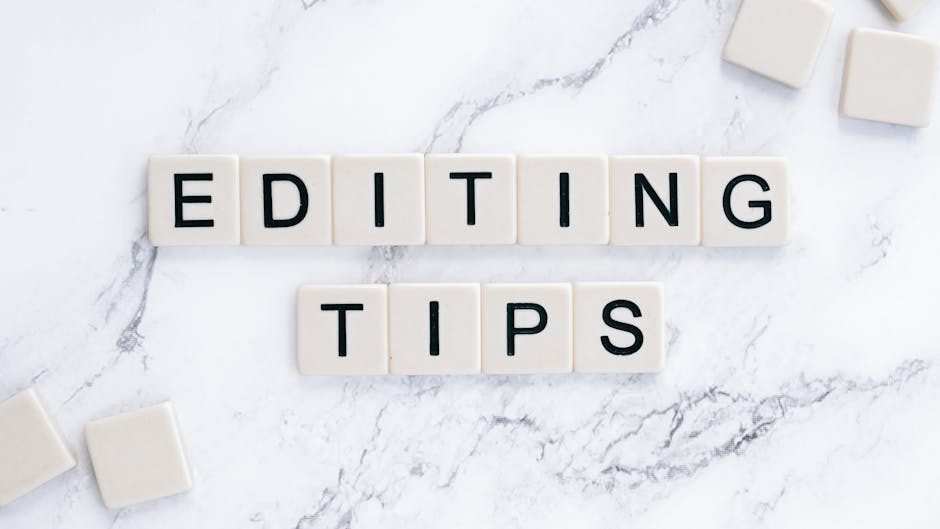
When editing, your main goal is clarity. You want the audience to connect with the speaker without confusion. A well-edited interview should:
- Flow smoothly from one point to the next.
- Highlight the most impactful quotes.
- Remove unnecessary filler words.
Think of editing as telling a story. You want to keep the audience engaged from start to finish.
How Do You Start the Editing Process?
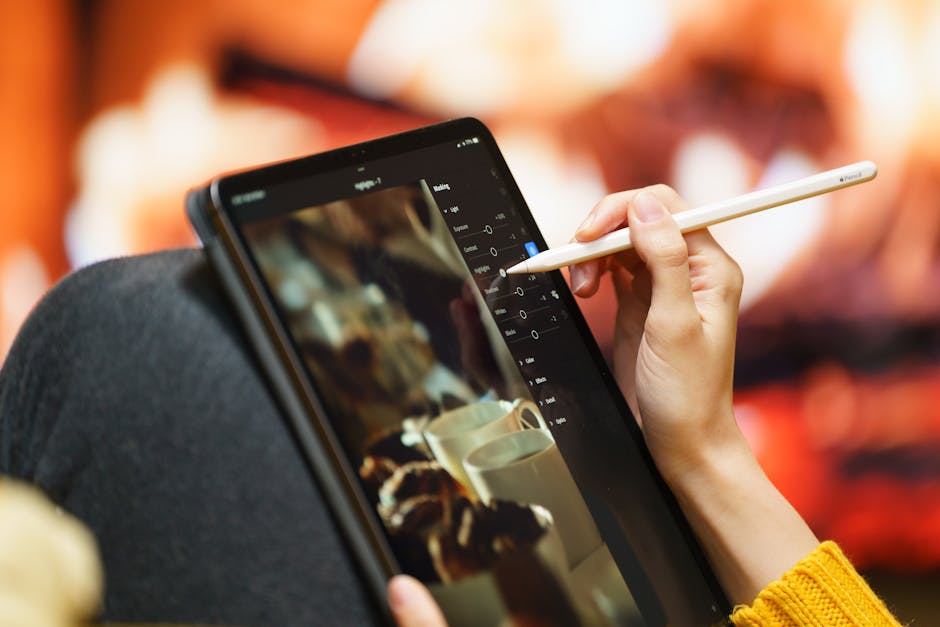
Start by reviewing your raw footage. Take some time to listen to the entire interview without interruptions. This initial watch will help you understand the overall message and tone. Here are steps to kick off your editing:
- Take notes on key themes and standout quotes.
- Look for natural breaks in the conversation.
- Identify any sections that might be too long or off-topic.
As you listen, think about how you want the final piece to feel. Do you want it to be serious, light-hearted, or informative? This will guide your editing decisions.
What Should You Cut Out?
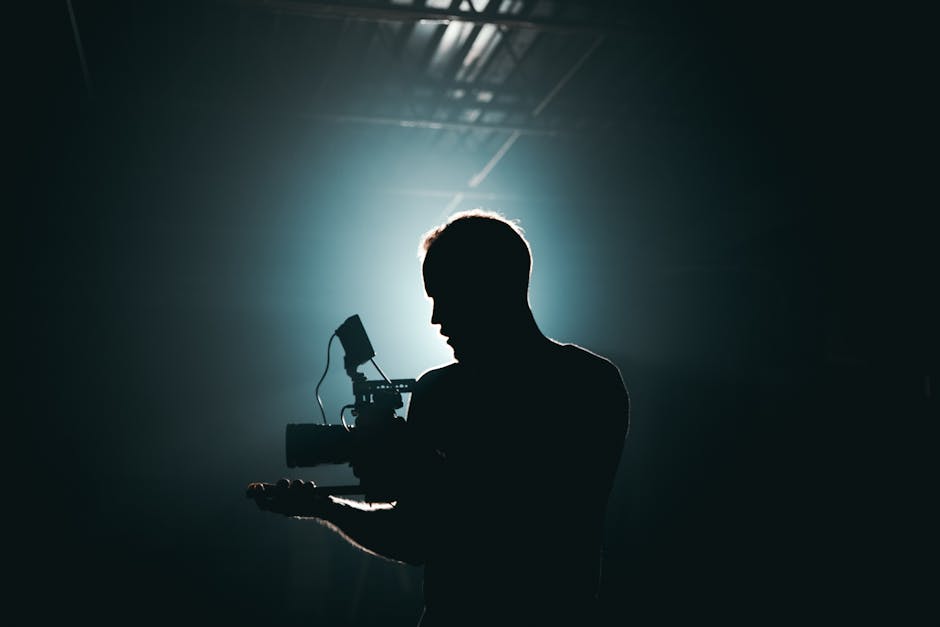
Not every part of an interview is gold. Heres what to look for when deciding what to cut:
- Filler words like um and uh. They can distract from the message.
- Long-winded answers that stray off-topic.
- Repetitive statements that don’t add value.
A good rule of thumb is to remove anything that doesnt serve the story. If a segment distracts from the main point, it’s probably best to leave it out.
How Can You Keep It Engaging?
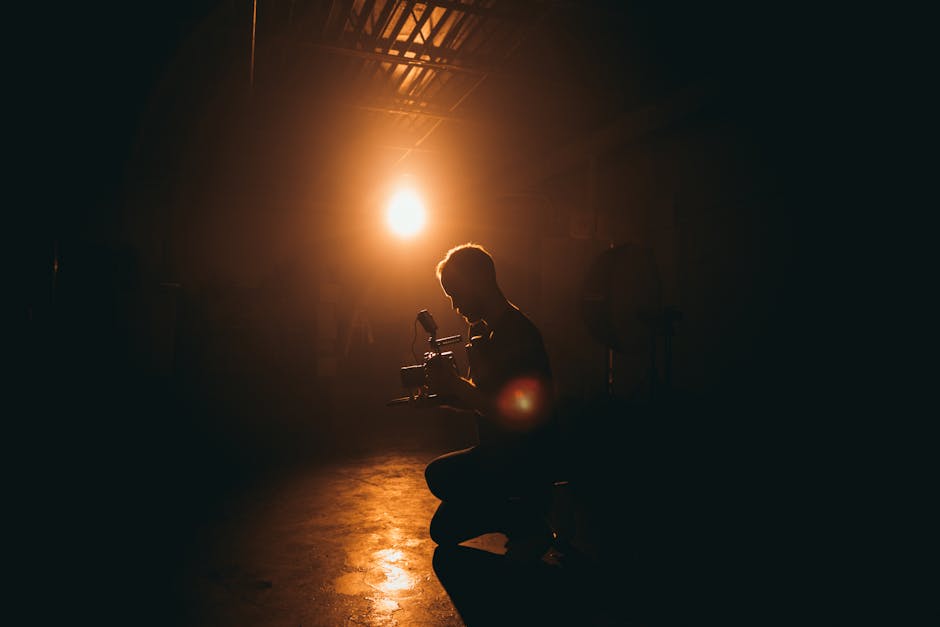
To keep your audiences attention, focus on the flow of the interview. Here are some tips:
- Use concise segments. Aim for 2-3 minute clips within the overall edit.
- Incorporate sound bites that are powerful and thought-provoking.
- Vary the pacing. Mix longer segments with shorter, punchy clips to maintain interest.
Consider the listeners journey. You want them to feel like they’re part of a conversation, not a lecture.
What Techniques Can Enhance Your Edits?
Editing isn’t just about cutting and pasting. Here are some techniques to elevate your work:
- Transitions: Smooth transitions between clips can help maintain flow. Use fade-ins and fade-outs to guide the listener.
- Sound Design: Adding background music or sound effects can enhance the emotional tone. Just make sure it doesnt overpower the dialogue.
- Visuals: If you’re creating a video, consider adding relevant visuals that complement the audio. This can include images of the interviewee, related articles, or even graphs.
For instance, if the interviewee talks about a charity project, showing a brief clip or image of the event can add depth to the story.
How Do You Structure the Final Edit?
Structure is crucial for clarity. Heres a simple way to organize your interview:
- Introduction: Start with a brief intro that sets the stage. Mention who the interviewee is and the main topics covered.
- Main Content: Present the interview in a logical order. Group similar topics together to create a smooth narrative.
- Conclusion: Wrap up with key takeaways or a closing statement from the interviewee. This gives the audience something to remember.
Imagine watching a movie. You wouldn’t want the beginning to drag on or the ending to feel rushed. The same applies to interviews.
What Common Mistakes Should You Avoid?
Even seasoned editors can make mistakes. Here are common pitfalls to watch out for:
- Over-editing: Sometimes, less is more. Avoid cutting too much, which can strip away the interview’s personality.
- Ignoring the Audio Quality: Always ensure clarity. Poor audio can ruin even the best interview.
- Neglecting the Audience: Keep your audience in mind. What do they want to hear? Tailor your edits accordingly.
Editing is an art, and like any art form, it takes practice to master.
How Can You Get Feedback?
Once youve completed your edit, consider getting feedback. Share it with a few trusted colleagues or friends. Ask them:
- Was the message clear?
- Did anything confuse them?
- What was their favorite part?
Constructive criticism can help you refine your skills. Plus, it can provide insight into how your audience might perceive your work.
What Are the Final Touches?
Before you publish, take a step back and review everything. Make sure:
- The audio is clear and well-balanced.
- Visual elements are properly timed and relevant.
- All edits enhance rather than distract from the interview.
Taking these final steps can make a significant difference in your finished product.
What Resources Can Help You Learn More?
There are many resources available to help you improve your editing skills. Check out online tutorials, courses, and forums where editors share tips. Websites like PremiumBeat offer valuable insights and techniques.
Additionally, consider reading books on storytelling and editing. Learning from professionals can give you fresh perspectives and ideas.
What Are the Key Takeaways?
Editing interviews is both an art and a skill. Here are the main points to remember:
- Focus on clarity and flow.
- Cut unnecessary material to keep the audience engaged.
- Use techniques like transitions and sound design to enhance the story.
- Get feedback and continually hone your skills.
With these tips, you can edit interviews like a pro. Remember, practice makes perfect. Keep experimenting and learning!


